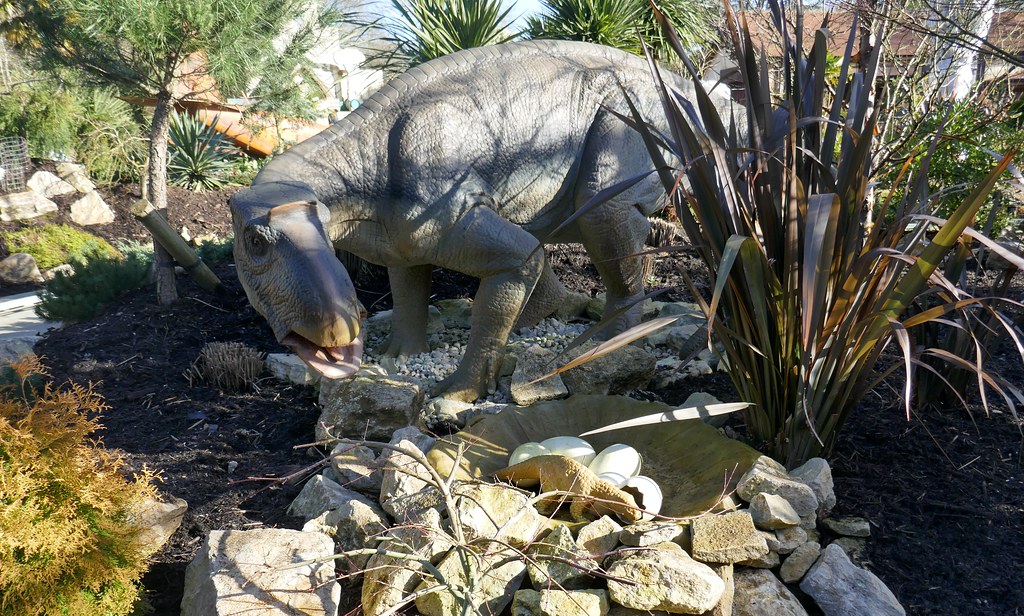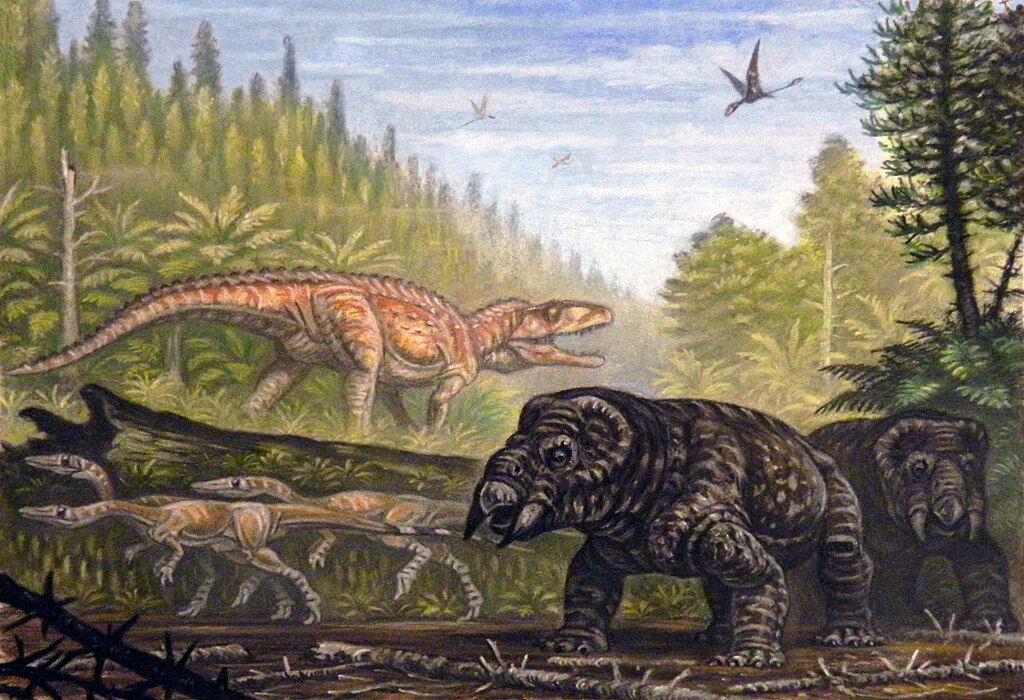Picture yourself walking through a prehistoric landscape where massive titans once roamed. The ground beneath your feet might once have been home to one of the most extraordinary phenomena in natural history. Dinosaur nests weren’t just simple holes in the dirt, they were complex structures that held secrets we’re only now beginning to uncover.
These fossilized time capsules offer us intimate glimpses into behaviors we thought we’d never witness. From parental devotion that rivals modern birds to reproductive mysteries that challenge everything we assumed about ancient life. Let’s explore the most bewildering and fascinating discovered.
The Devoted Parent Discovered in China
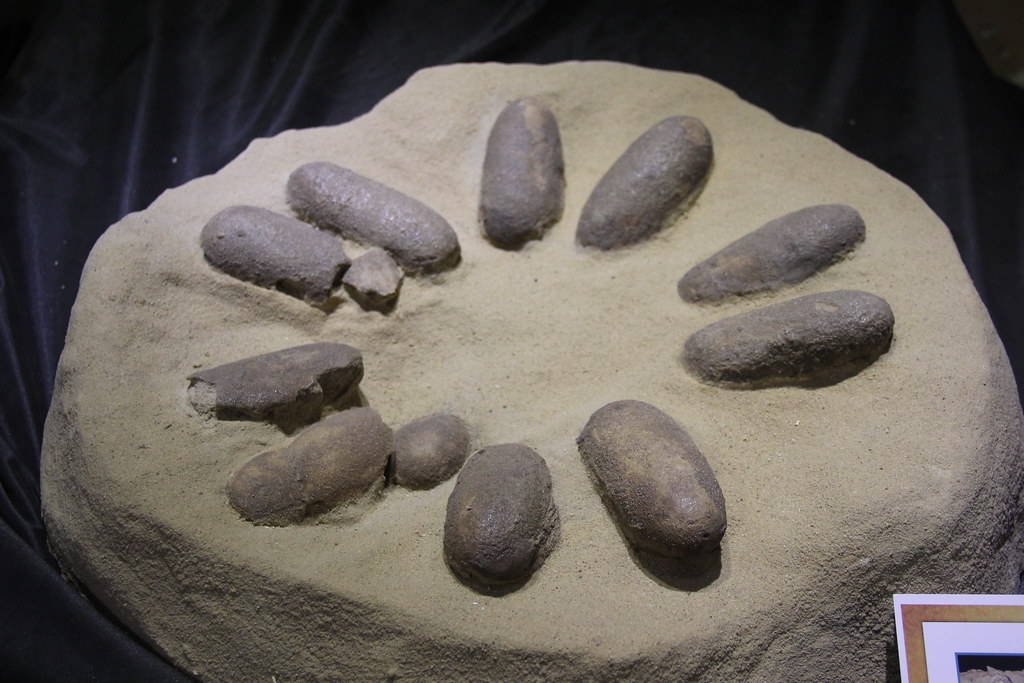
Within 70-million-year-old rock deposits located in southern China’s Jiangxi Province, researchers unearthed a preserved fossil of an oviraptorosaur crouched over a nest of 24 eggs. The skeleton of this ostrich-like theropod is positioned in a crouch over two dozen eggs, at least seven of which were on the brink of hatching and still contain embryos inside.
This kind of discovery, in essence fossilized behavior, is the rarest of the rare in dinosaurs. Though a few adult oviraptorids have been found on nests of their eggs before, no embryos have ever been found inside those eggs. The fossil captured a parent in its final moments, eternally protecting its unborn offspring.
The Colossal Titanosaur Hatchery of India
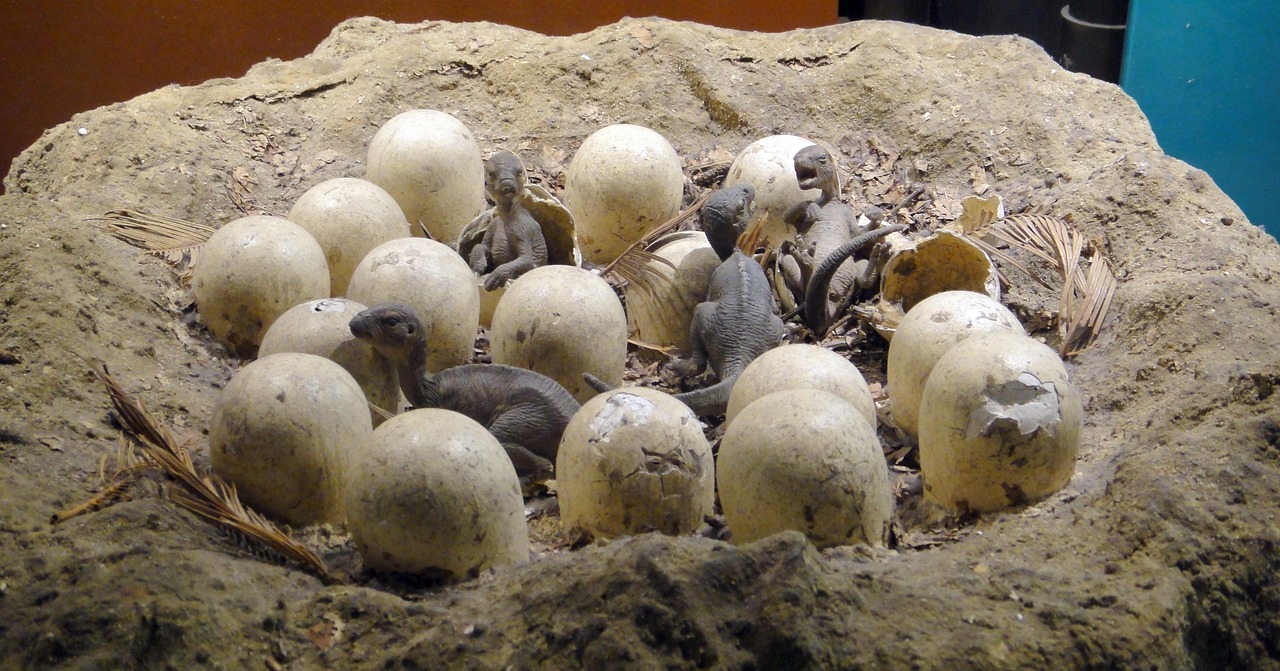
Paleontologists working in central India have made a rare discovery – a fossilized dinosaur hatchery with 92 nests and 256 eggs belonging to colonies of giant plant-eating titanosaurs. The bowling ball-size eggs has revealed intimate details about the lives of the colossal, long-necked sauropods that lumbered across what’s now central India more than 66 million years ago.
The landscape would have been dotted by a huge number of large dinosaur nests. Combined with other sites previously found nearby, this trove of fossilized nests makes up one of the world’s largest known dinosaur hatcheries. These giants turned vast areas into prehistoric nurseries that stretch over hundreds of miles.
The Egg-Within-an-Egg Mystery
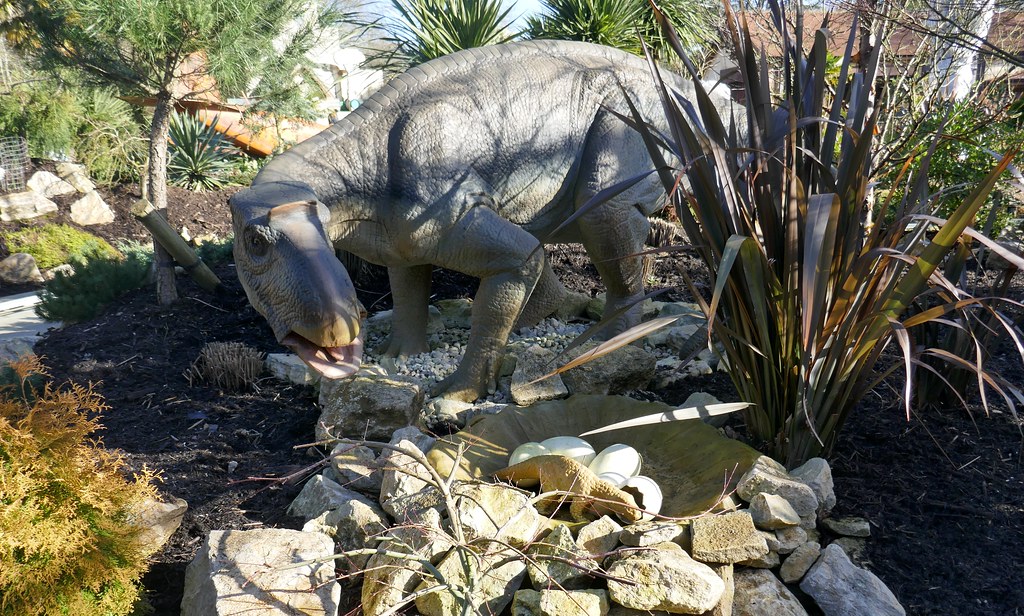
One find in particular stood out to the researchers: a rare egg-within-an-egg. This phenomenon, called “ovum-in-ovo,” is a known occurrence in birds. Here we describe an ovum-in-ovo pathological egg from a titanosaurid dinosaur nest from the Upper Cretaceous Lameta Formation of western Central India which makes it the first report of this pathology in dinosaurs.
It happens when an egg that’s going to be laid gets pushed back into the body and becomes embedded within another egg, usually under stressful conditions like disease, a shortage of food or extreme temperatures. This first-of-its-kind find, if confirmed, suggests that titanosaurs had a similar reproductive system to modern birds.
The Troodon’s Communal Nesting Strategy
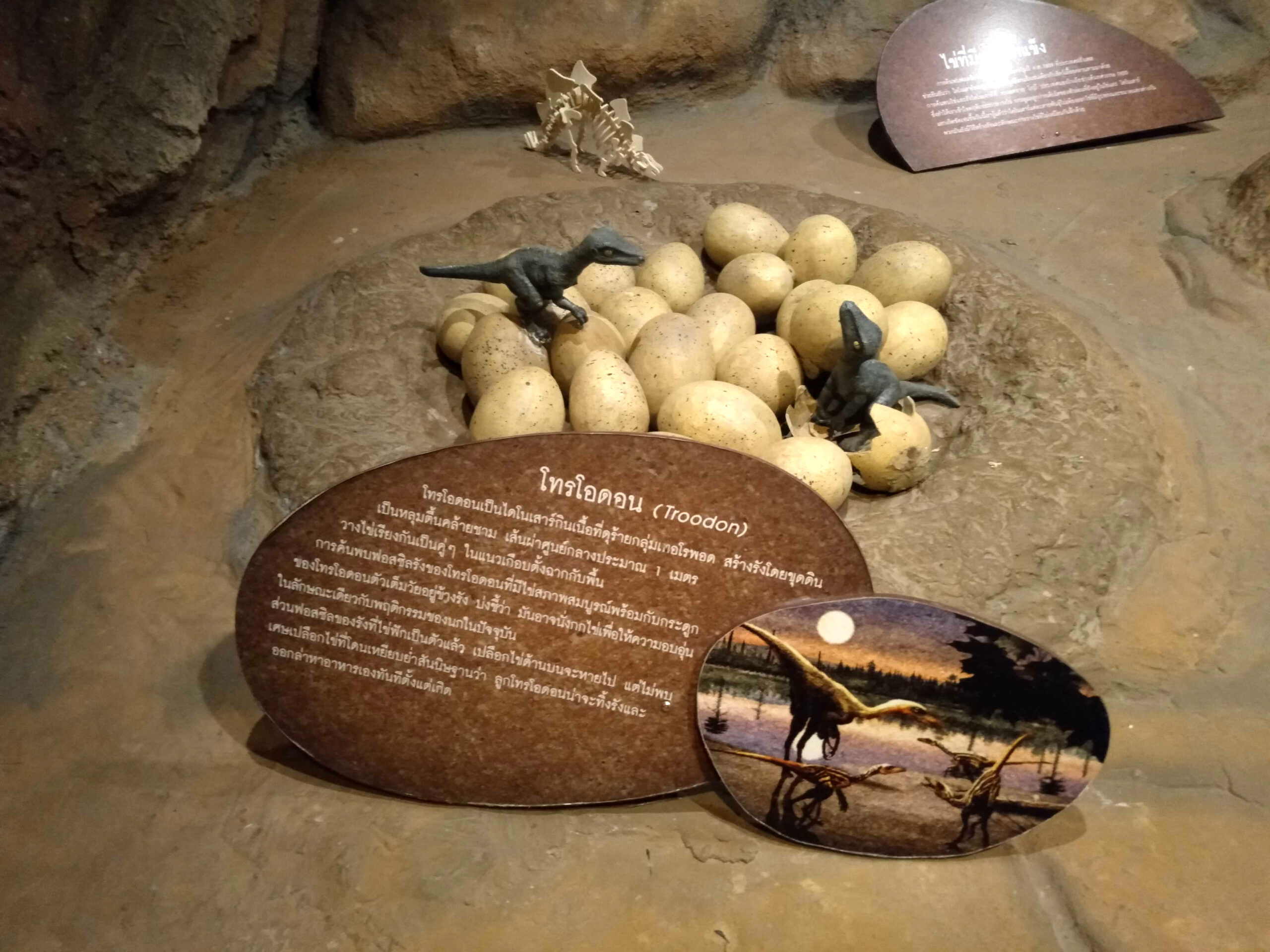
An unusual trace containing eggs of the theropod dinosaur Troodon formosus, which weighed approximately 30-50 kg, represents one of the best preserved dinosaur nests. The trace comes from the Campanian, Late Cretaceous Two Medicine Formation of Montana, and consists of a bowl-shaped depression with an internal area of ~1m2 surrounded by a distinct rim.
Troodon nests are typically large and have up to 24 eggs, so the team believes that this means they laid their eggs in communal nests. This communal egg nesting behavior is seen in modern day ostriches. Troodon possessed plesiomorphies shared with crocodilians (some burial of eggs and lack of egg rotation), apomorphies shared with birds (open nests, exposed eggs, and incubation by a brooding adult), but also at least one unusual feature (steeply-inclined eggs) not found in either extant archosaur group.
Baby Yingliang’s Perfect Preservation
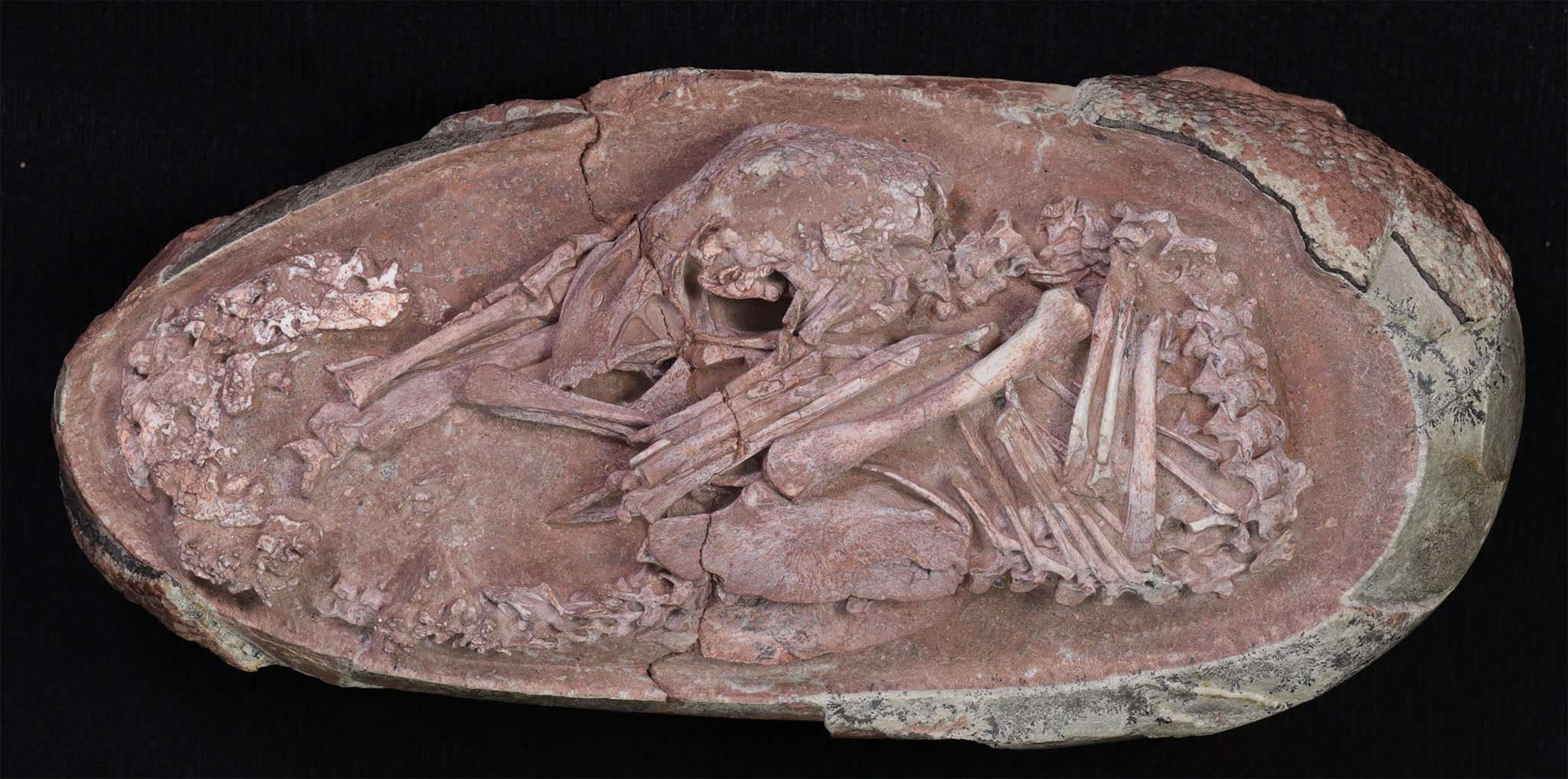
As scientists report this week in the journal iScience, nestled under the fossil egg’s dimpled surface is one of the most complete dinosaur embryos . Dating back more than 70 million years, the fossil – nicknamed Baby Yingliang – is one of the most complete dinosaur embryos ever discovered, and its curled posture has stunned paleontologists.
The baby dinosaur seemed almost ready to burst free from its shell, curled up so tightly its head tucked between its toes. Published in the peer-reviewed journal iScience (Cell Press), the study outlines the embryo’s “tucking” posture – an advanced behavior associated with birds just before hatching. This tiny creature was caught forever in the act of preparing to hatch.
The Protoceratops Soft-Shell Surprise
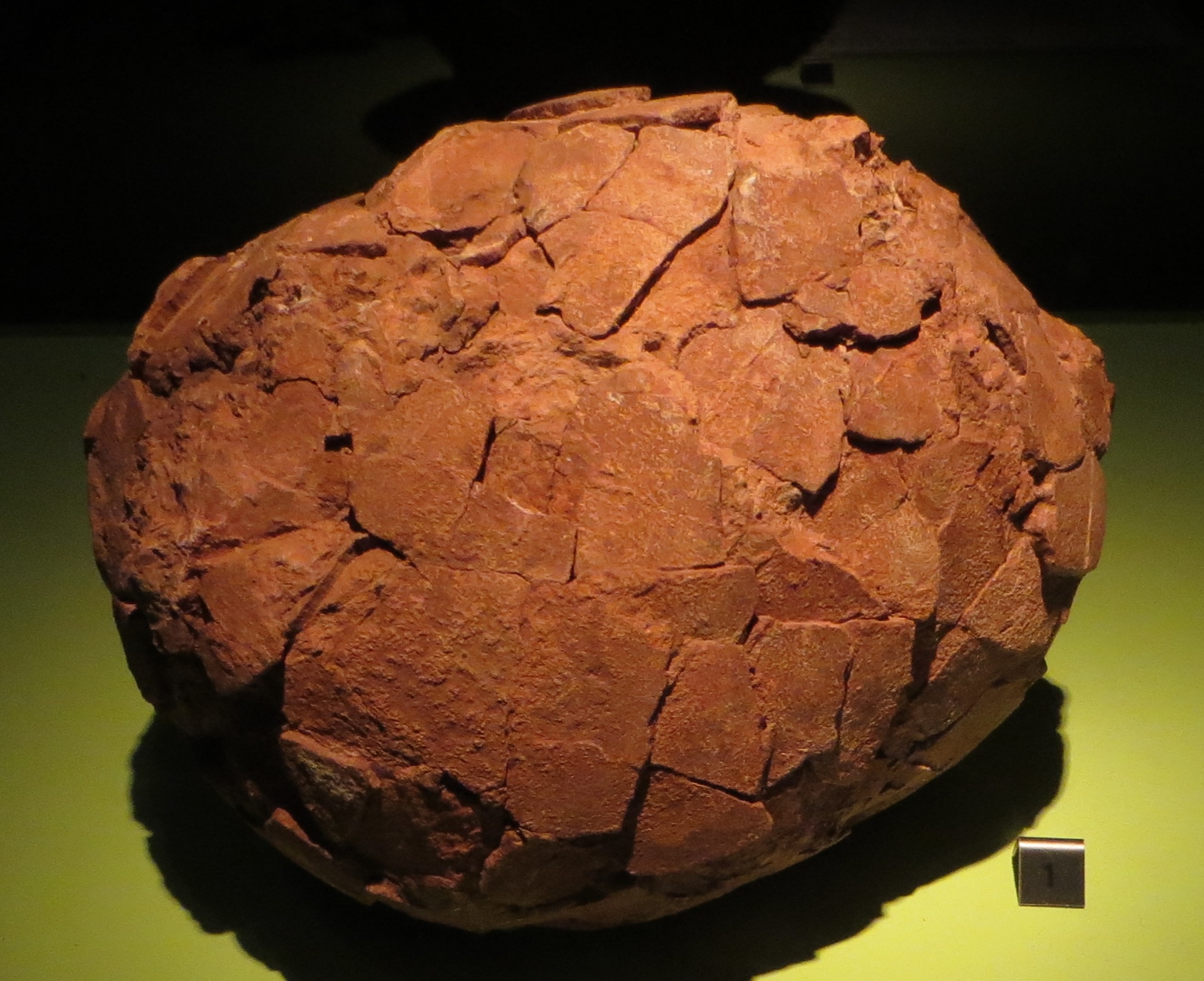
In 2020, they found that the eggs originally had soft, nonmineralized shells similar to most modern turtle eggs. Parts of the soft eggshell had become phosphatized after burial in the sediment, preserving them from destruction and resulting in the halolike appearance. This discovery explained the mystery of the missing Protoceratops eggs: Soft-shelled eggs were very unlikely to be preserved in the fossil record in most circumstances.
In the case of Protoceratops, finding out that its eggs were soft was completely unexpected since both birds and crocodilians lay hard-shelled eggs. Soft-shelled eggs are more sensitive to the environment, because they lose moisture easily in dry conditions. In addition, parents could not sit directly on top of them without risking a crushed shell.
The Montana Mass Grave Discovery
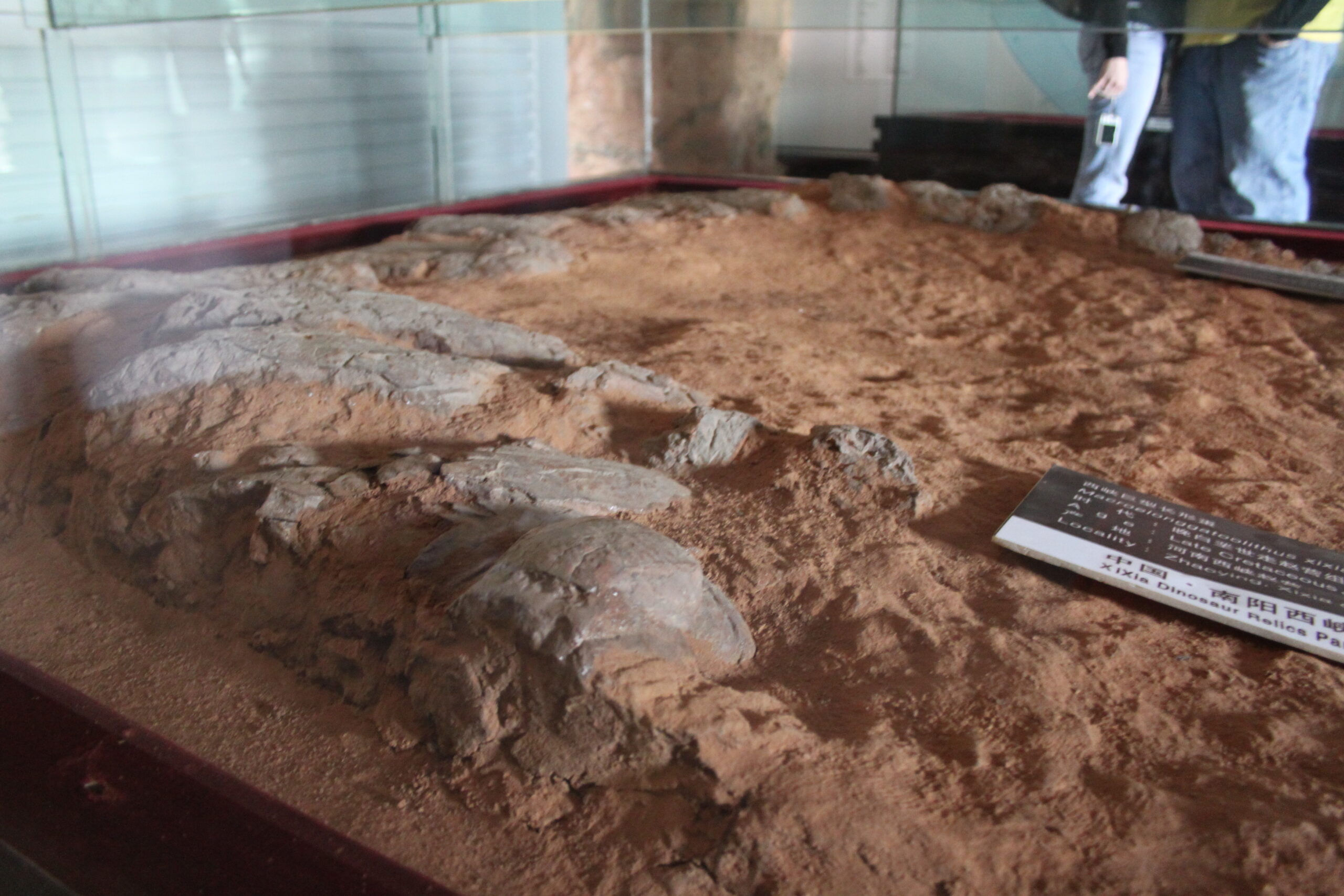
One remarkable find was in Montana, where fossils of duckbill dinosaurs, including eggs, nests, hatchlings, juveniles, and adults were found together in one death assemblage, or mass grave. The eggshells in the nests were badly broken, arousing speculation that the hatchlings might have crushed the eggs while moving around the nests. Some paleontologists think this site was a nesting colony, where adult dinosaurs cared for their young during the first several months after hatching.
This extraordinary site captured an entire dinosaur community in their final moments. Parents, children, and unhatched eggs all preserved together tell a story of family life that ended in catastrophe.
The First Colored Dinosaur Eggs
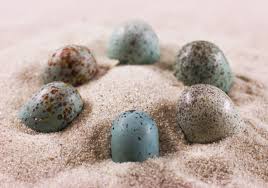
The fact that eggshell pigments are detected only in theropods provides another piece of evidence (in addition to features like feathers and a wishbone) that this group of dinosaurs gave rise to modern birds. Birds are the only living amniotes that lay colored eggs, making it likely that eggshell pigments evolved a single time in an ancestor of birds and advanced theropods.
Fossil egg color also holds clues to nesting behaviors. Oviraptorids represent the first big step – they differed from earlier dinosaurs in leaving their eggs partially exposed in a shallow excavation scraped into the ground. These weren’t just functional shells, they were decorated with colors we can still detect millions of years later.
The Juvenile Protoceratops Cluster
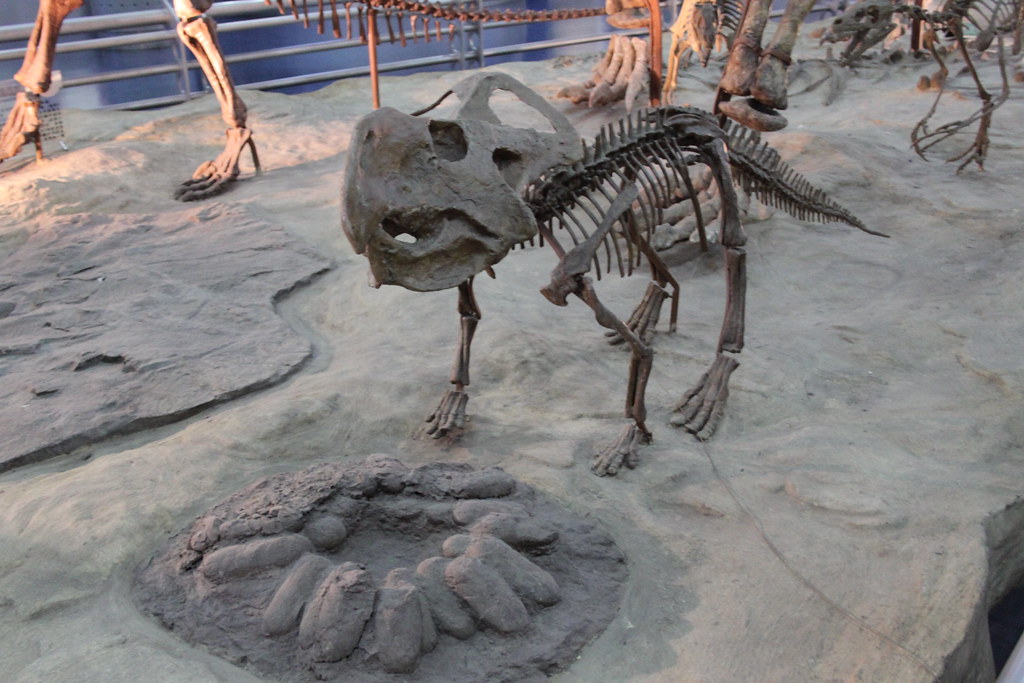
In 2011, paleontologist from University of Rhode Island, David Fastovsky discovered in Mongolia a nest of fossil remains from 15 juvenile baby dinosaurs, which were then classified as Protoceratops andrewsi dinosaur species. This is the first nest of the dinosaur specie .
Unlike other discoveries that showed individual eggs or adults with nests, this find revealed an entire nursery of baby dinosaurs huddled together. The preservation was so remarkable that scientists could study the social behaviors of juvenile dinosaurs for the first time.
The Upside-Down Nest Preparation
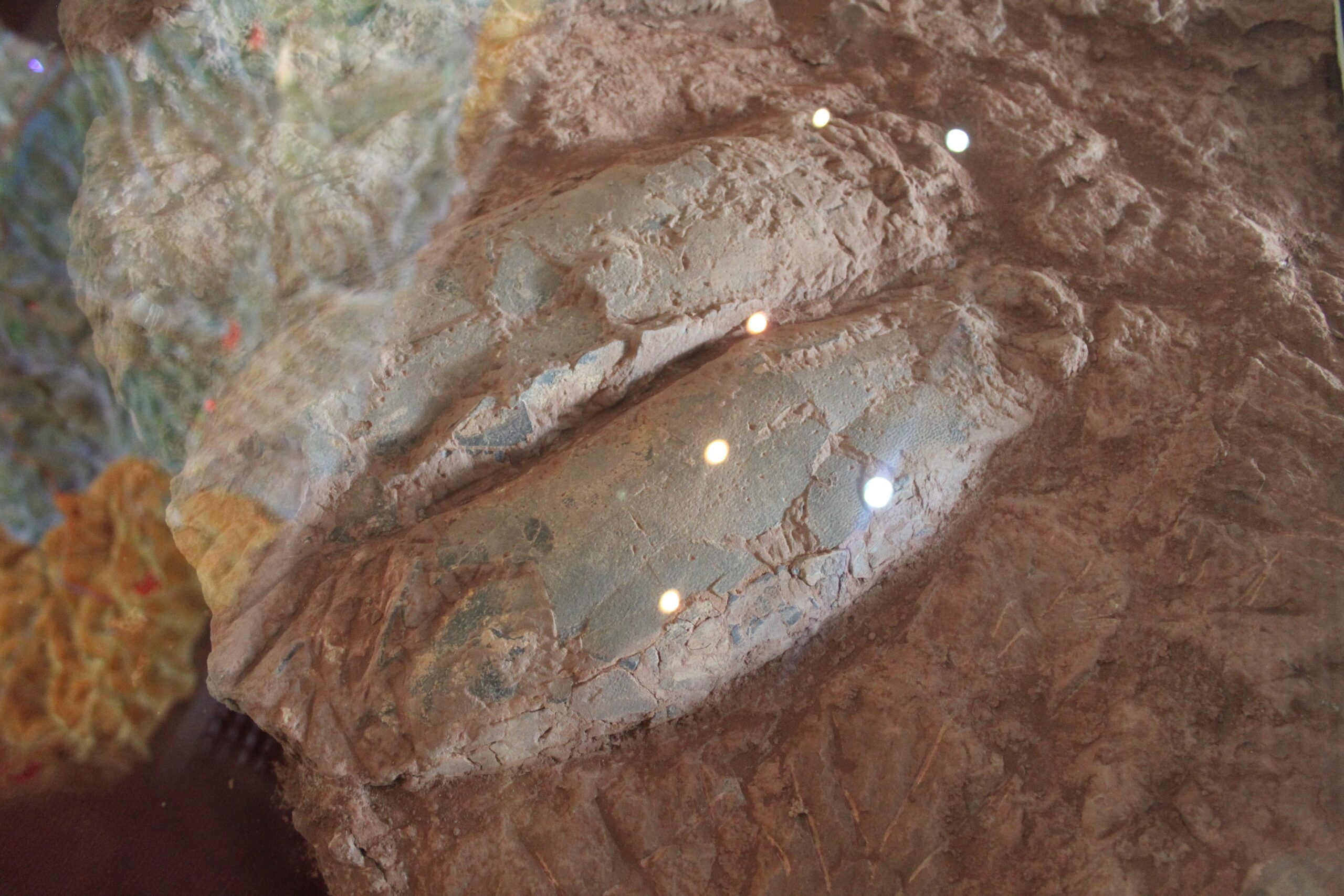
Eggs in nest of unidentified dinosaur. When this nest was found the exposed upper parts of the eggs were eroded away, so it was covered in plaster and turned upside down. Further preparation exposed the lower parts of the eggs, as shown here.
This unusual specimen required equally unusual excavation techniques. Scientists had to think creatively about how to preserve and study a nest where erosion had damaged the visible portions. The technique of flipping the entire fossilized nest revealed intact egg bottoms that held crucial information about dinosaur reproduction.
The Revolutionary Dating Success
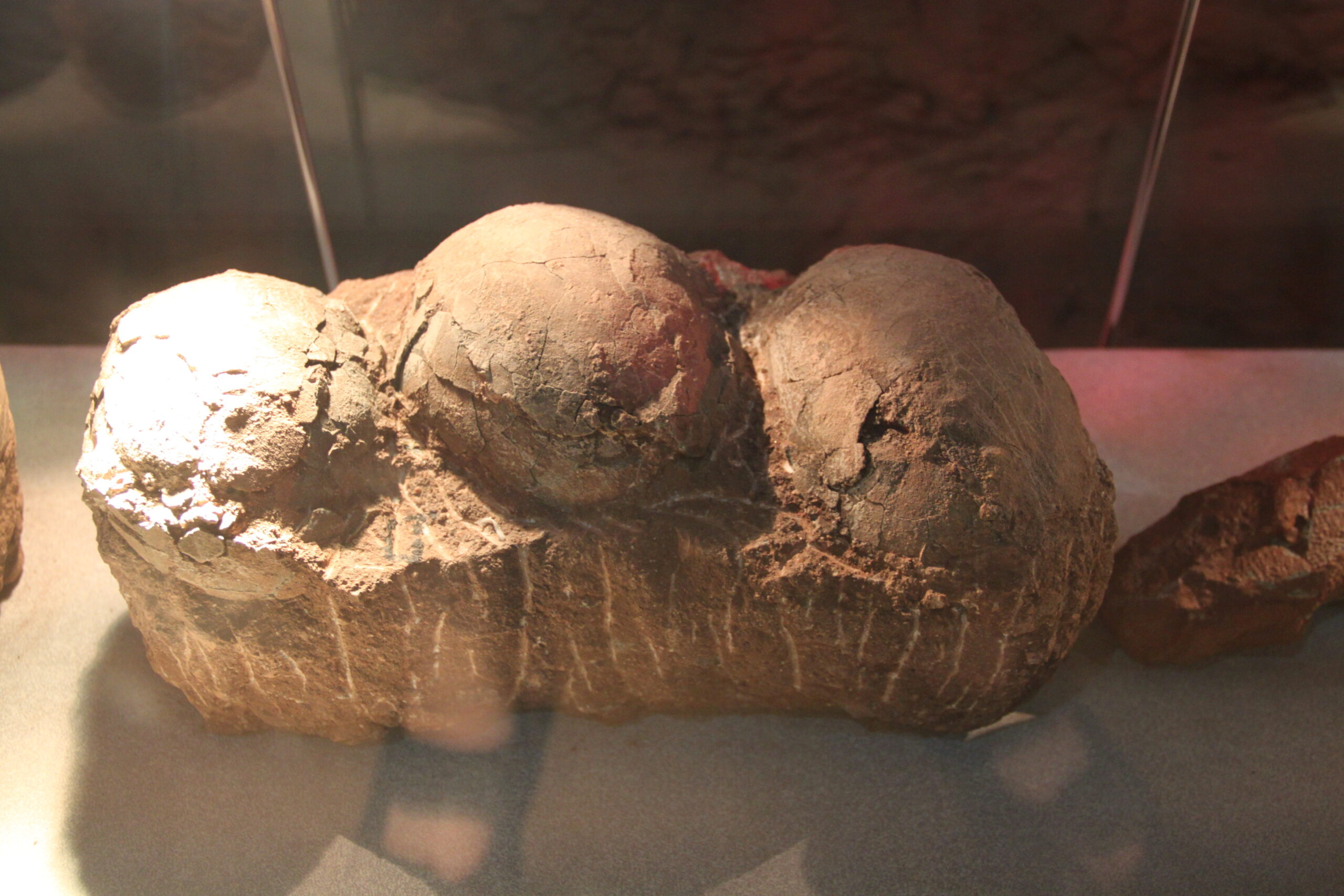
Some 86 million years ago, a dinosaur of some kind lumbered into a well-used nesting site in what is now Hubei province in China to lay her eggs. Some of her offspring would not end up hatching; the nest was buried somehow, which led to the eggs fossilizing. Now, in a study out today in Frontiers in Earth Science, researchers report that they have directly dated these preserved eggshells, tightly constraining when the eggs were laid – a first for dinosaur eggs that promises more detailed study of the ancient creatures.
To narrow it further, researchers turned to uranium-lead (U-Pb) – a technique that measures the decay of radioactive uranium into lead at a fixed rate – to date uranium-bearing calcite within the fossilized eggshells. U-Pb dating has been used to date volcanic rock and fossilized bone, but it had never before been used on fossilized dinosaur eggs.
The Misunderstood Oviraptor Legacy
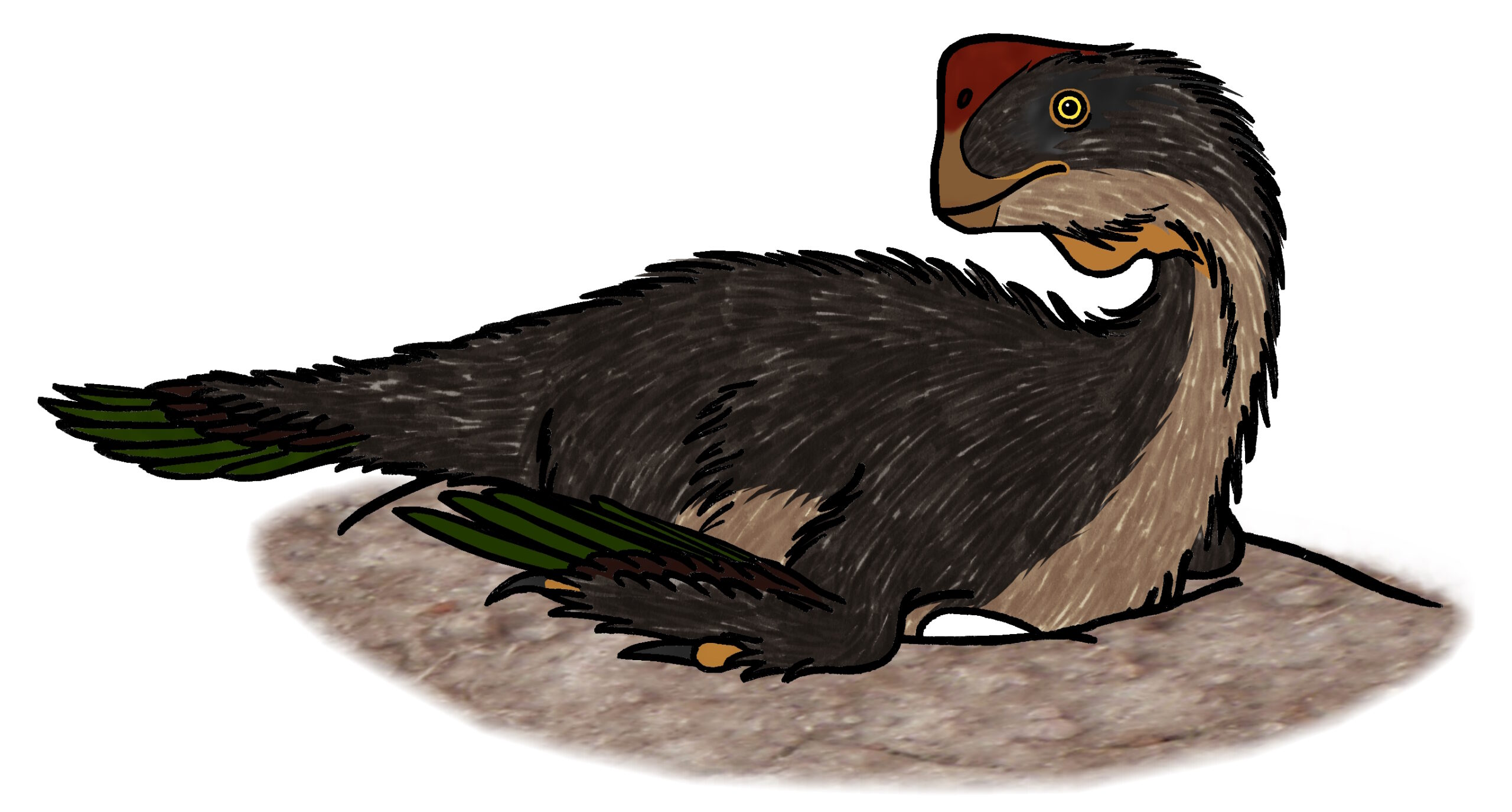
A dinosaur was discovered in Mongolia in the 1920s, for example, lying near a nest of eggs thought to belong to a rival. Paleontologists at the time assumed the animal had died while attempting to plunder the nest – and named the creature oviraptor, or “egg thief.” The so-called dinosaur thief’s reputation wasn’t restored until the 1990s, when another discovery revealed the eggs were, in fact, its own and that the creature likely sat upon them in a neatly arranged nest.
This discovery fundamentally changed how we understand dinosaur parenting. What was once seen as predatory behavior turned out to be devoted parental care. The Oviraptor went from villain to hero in the story of dinosaur family life.
The Gastroliths Discovery Within Nests
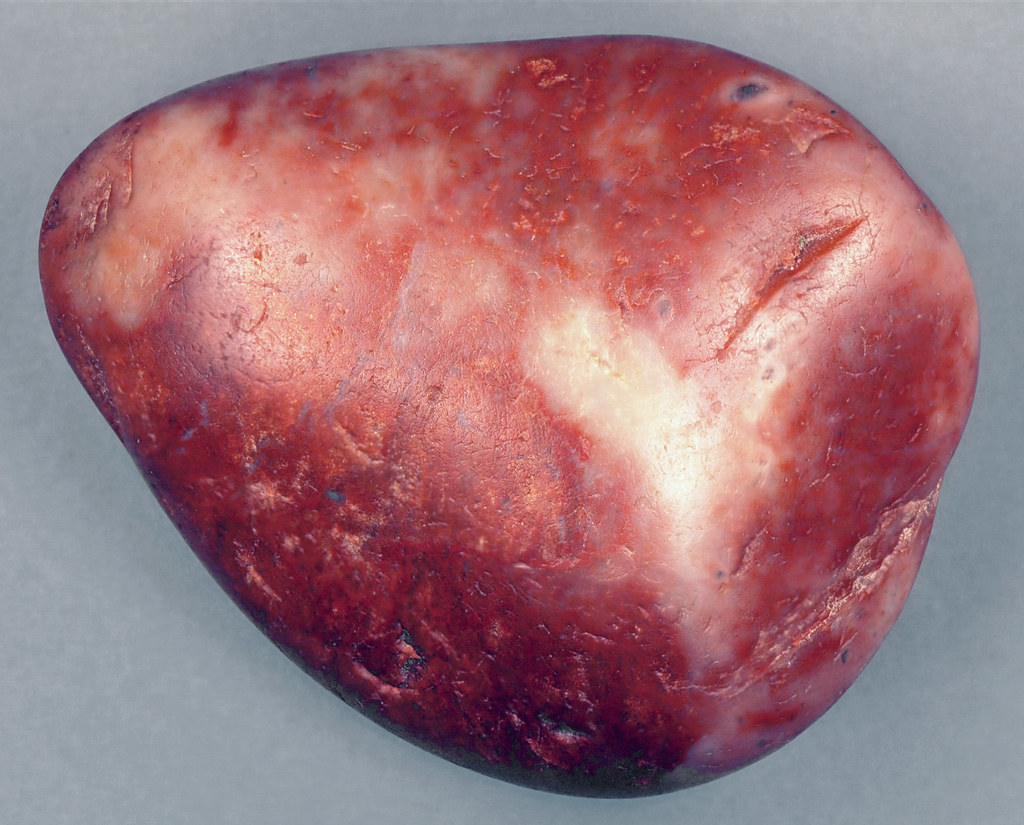
The fossilized find also contained gastroliths, or pebbles in the adult oviraptorosaur’s abdominal region, revealing to researchers that these dinosaurs may have eaten stones to grind and digest food, reports CNN. This discovery is also the first time gastroliths were observed in an oviraptorid fossil. For the first time, scientists have found small stones in the stomach of this type of dinosaur, which would have probably been swallowed to aid digestion.
Finding these stomach stones alongside nesting behavior provided unprecedented insight into dinosaur biology. It showed that even in their final parenting moments, these creatures carried evidence of their daily lives and feeding habits.
The Complex Pore System Revelations
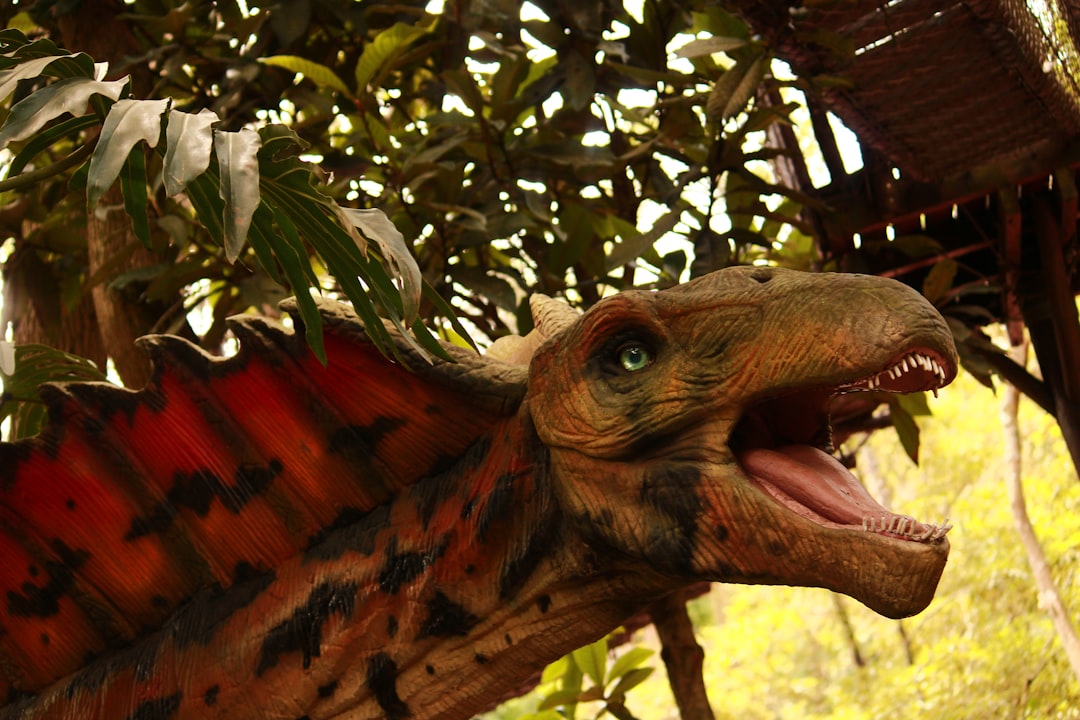
The density and width of the pores, combined with the eggshell’s thickness can be used to predict the gas conductance of a dinosaur’s egg. This can provide both information about nesting behavior and about the climate: eggs buried in sediment have higher rates of gas conductance than those laid in the open, and eggs laid in arid environments have lower gas conductance (to prevent water loss) than those laid in more humid conditions.
Buried eggs tended to have a high porosity, or larger and more holes in the shell that allow for vapor and gas exchange between the outside world and the embryo. However, burying the eggs helps to retain their humidity and moisture as the embryo develops inside, Zelenitsky told Live Science. These microscopic details in fossilized shells reveal whether dinosaurs were careful nurturers or abandoning parents.
The Multi-Female Troodon Evidence
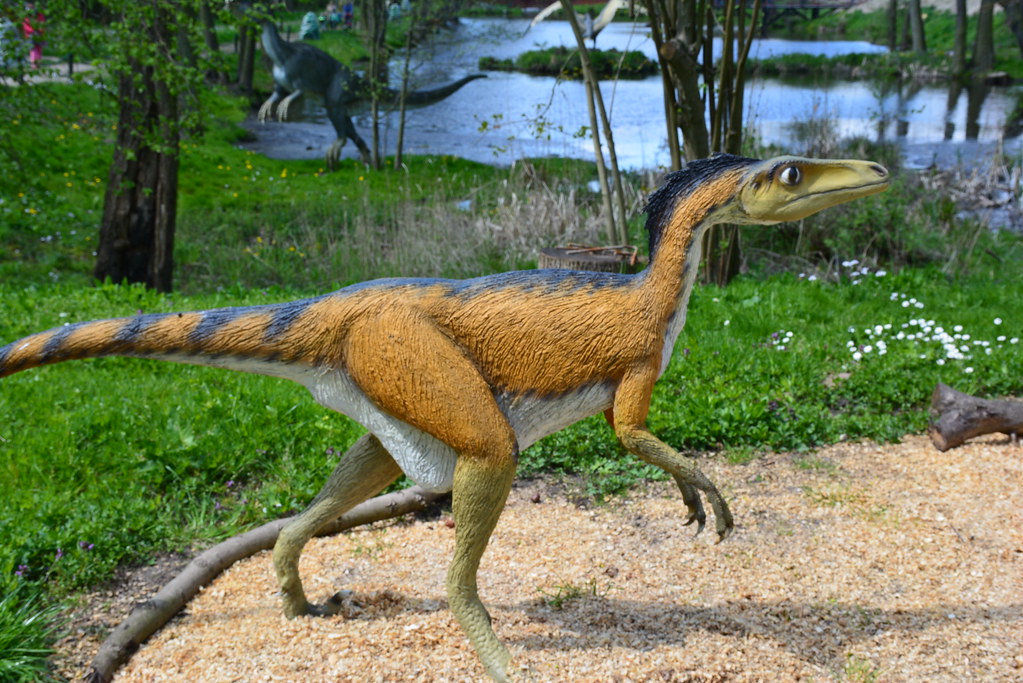
Analyses of eggshells of Troodon, a non-avian theropod, reveal that it retained a slower, reptile-like mineralization to produce its eggs, despite having already evolved the capacity of changing its body temperature (heterothermic endothermy) like modern birds. Our findings also suggest that Troodon possessed two functional ovaries and that their nests were shared by multiple females.
According to Tagliavento, “this demonstrates that Troodon formed its eggs in a way more comparable to modern reptiles, and it implies that its reproductive system was still constituted of two ovaries.” As a last step, the researchers combined their results with existing knowledge about body and eggshell weight and determined that Troodon only produced only four to six eggs per reproductive phase. They found this observation particularly notable because Troodon nests are typically large and have up to 24 eggs, so the team believes that this means they laid their eggs in communal nests.
Conclusion
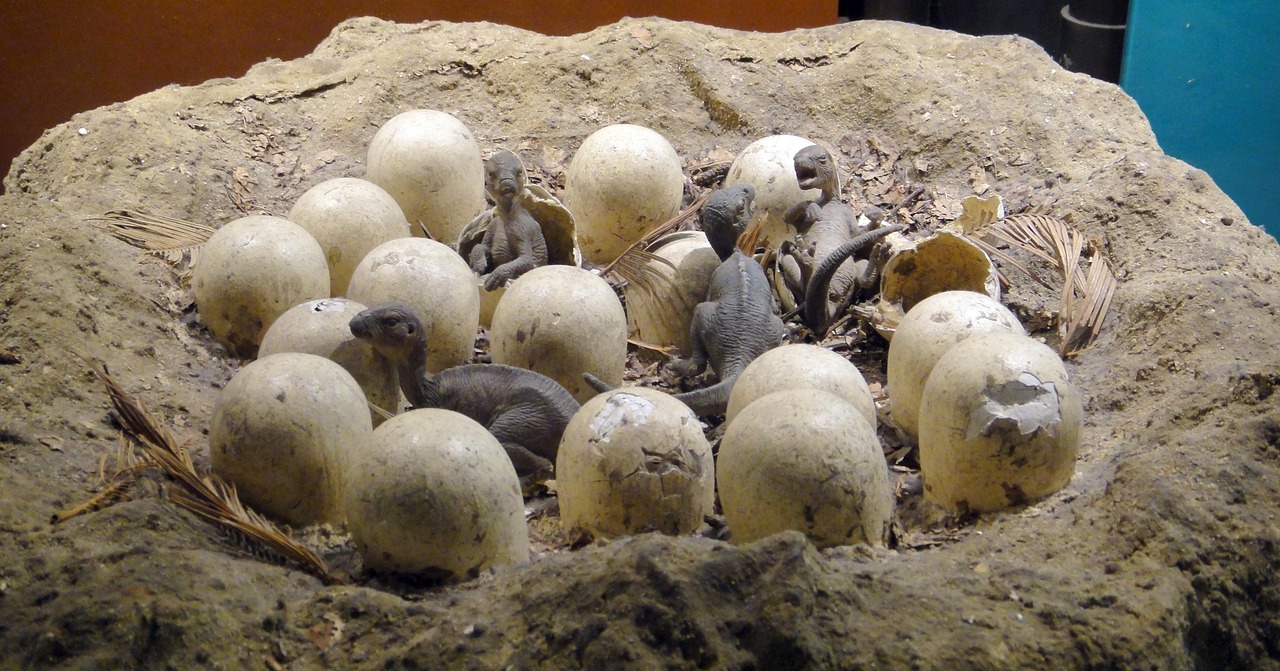
These remarkable discoveries have revolutionized our understanding of dinosaur behavior and challenged our assumptions about prehistoric life. From devoted parents who died protecting their young to complex communal nesting strategies that mirror modern bird behavior, these fossilized nests reveal that dinosaurs were far more sophisticated than we ever imagined.
Each weird and wonderful nest tells part of a larger story about evolution, survival, and the deep connections between ancient and modern life. The next time you see a bird tending its nest, remember you’re witnessing behaviors that stretch back over 70 million years to when giants walked the Earth.
What do you think about these incredible discoveries? Tell us in the comments.

